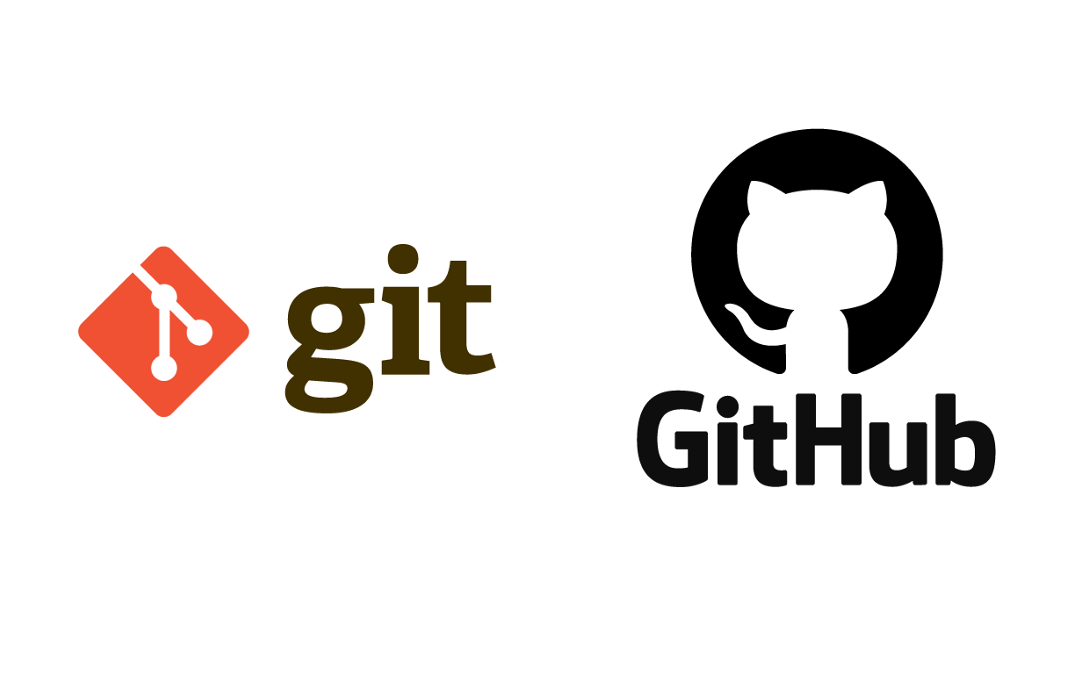Intro
To be quite frank, I wasn’t even aware this issue existed until I started writing this article, so it made me wonder how is it possible I never encountered it before, given I have used git for almost 10 years at this point. Well, from what I managed to gather, the answer is quite simple.. This issue appears when you try to do something that doesn’t need to be done, most often caused by misunderstanding of how git actually works.. So let’s dive deeper into why this happens and explain/clarify what is the solution in those situations by considering two different scenarios 🙂
“Already up-to-date” in local repository
Ok, let’s consider the repository with the following commit history:
New_feature
D – E
/
A – B – C
main/master
The following “graph” represents the commit history on our main/master branch and let’s say our development branch, which we can call “new_feature” branch in this example.. What we can tell from that graph is that our “new_feature” branch was created from our main/master branch, which means it contains all there is on the main/master branch, and some new_feature code that was built upon that (which is not present on the main/master, meaning they differ). So, if you try to issue “git merge main” (or “git merge master”, if your main branch is called master), the message “Already up-to-date” will be shown, indicating there is nothing to “bring” from main/master to new_feature branch, that feature branch doesn’t already have. Thinking in mathematical terms, we can simply say that main/master is a subset of a new_feature, meaning it already contains all its commits so there’s nothing left to “bring” to our branch that’s not already there. In other words (git terminology), this happens when the branch we’re trying to merge is a parent of our currently checked out branch (meaning our current branch was based off of the branch we’re trying to merge). This doesn’t mean they don’t differ though, since we can obviously see from the graph there is a new commit (newly implemented feature) in our “new_feature” branch, so if we execute something like:
git diff
We’ll still see the difference between the two. The main point is to recognize where the changes are coming from, main/master or the new_feature.
In case you want to enforce moving your current branch’s HEAD pointer to another branch’s HEAD (basically setting current branch to contain all the commits of another branch), you can do this:
git checkout main/master
git reset –hard new_feature
NOTE!
This will work in the case your current branch (main/master) is a parent of the branch you want to merge, meaning the other branch was created off of the branch you want to merge into.
Also, –hard is not necessary though (and might be even considered risky), since it will reflect modifications on a working directory. If you want to changes to be only on repository and staging index level, and commit it yourself, feel free to omit the –hard 🙂
“Already up to date” from remote repository
Another case this message might occur is when people are trying to “merge” remote branches with a current branch. Maybe you’re wondering why I put merge under double quotes in previous sentence, and the answer is because merge works on a local repository basis, meaning in order to merge something from remote we first have to fetch/pull it from remote to our local repository, so our local repository’s references of remote repository are up to date, which can be then merged with our local branches.. Reason why this message can appear in this case is because, as explained in the previous sentence, git is trying to perform merge on its local references of remote repo, and if they are not updated, they might look exactly the same as our current branch we’re trying to merge it into (contain the same commit history, meaning they don’t differ, or, in other words, they are up to date). So, simple solution for this kind of situation is just to run
git pull
before trying to “merge” remote repo’s branch 🙂
You can also do git fetch before pulling, which will only update our local repository’s remote references, but won’t merge them with our local branches, meaning it won’t bring any changes to our local repository, only its remote references.
Conclusion
So, as I said at the beginning of the article, there is no actual solution, because this is not an actual problem. Cause of this situation is basically a misunderstanding of how git operates, but once that’s clear you shouldn’t run into this kind of issue anymore. Hope this article was useful and helped you get a better grasp of how git actually works. If you have any questions, be sure to let us know in our comment section! See you in the next one! 🙂

